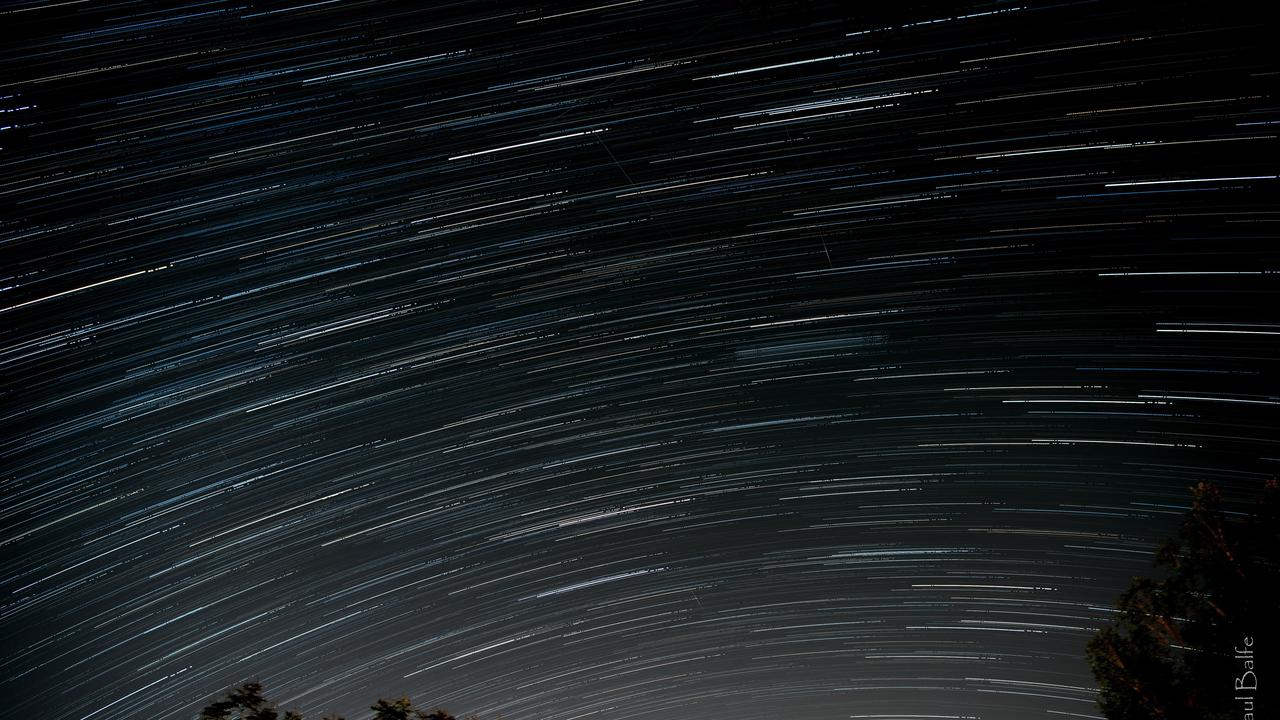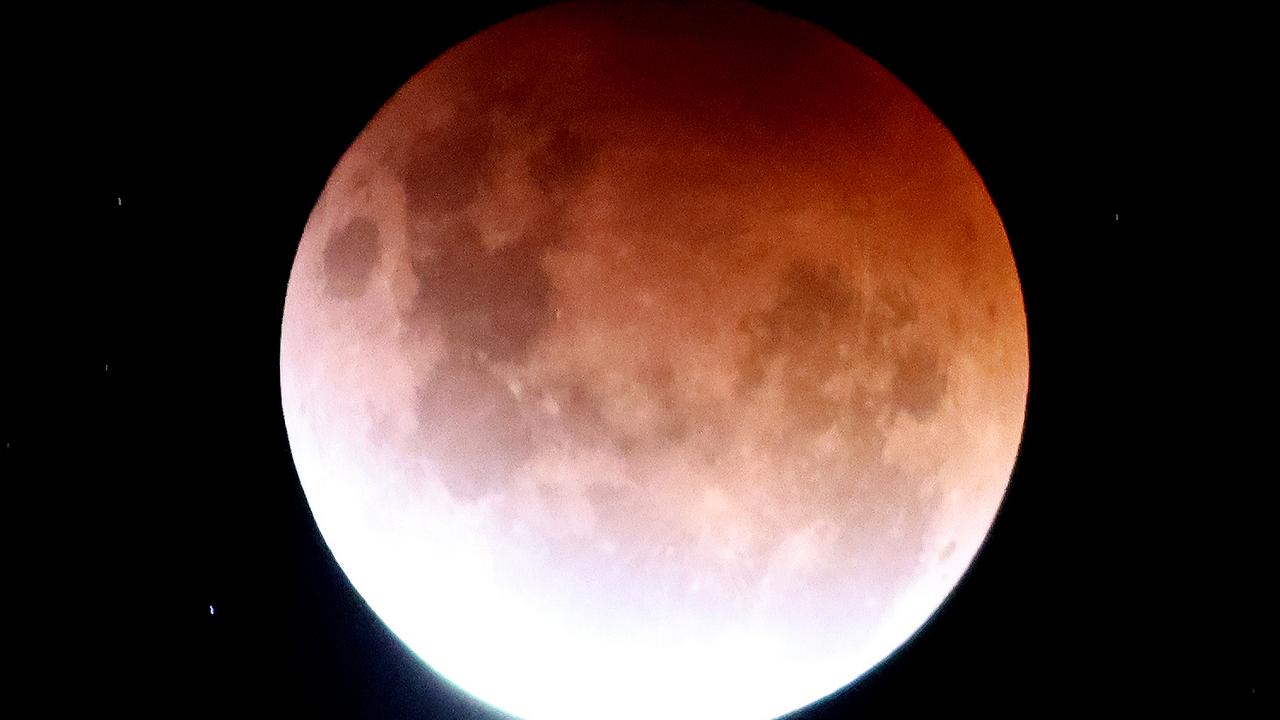Queensland skies are set to light up this year, and here’s when to look up
2022 is sure to bring an array of memorable moments, but did you ever think about what’s happening above us? Teamed with The University of Southern Queensland, The Chronicle has got you sorted on the top moments to keep an eye on the sky. DETAILS HERE
Toowoomba
Don't miss out on the headlines from Toowoomba. Followed categories will be added to My News.
FROM lunar eclipses and super moons to meteor showers – including the chance of one of the most spectacular storms in half a century or more – there will be plenty of reasons to keep your eye on the sky this coming year.
University of Southern Queensland Astrophysics Professor Jonti Horner said 2022 was shaping up to be a very special cosmic year.
Here are some things you can mark on your calendars to watch.
1. Streak across the sky

Several meteor showers will occur this year, with excitement surrounding the usually small Tau Herculid shower, which this year could produce thousands of meteors an hour.
This shower is expected around May 30-31.
The Eta Aquarid meteor shower will peak across the sky in the first week of May at around 2am-3am until sunrise. The meteor shower is reportedly the second best in Australia for the year.
Meanwhile, the ever popular Geminid meteor show will grace our skies in mid December, with the 14th set to be its peak. The annual shower is best viewed between 10pm to midnight, before the moon rises.
2. Planets align
In late June, Mercury, Venus, Mars, Saturn and Jupiter will perfectly align in the morning sky, making for a spectacular view and perfect photo opportunity. This alignment will last for a while, so there will be plenty of opportunities to perfect your photography skills.
3. Mega blood moon

Around November 8, the moon will showcase a bright red colour for about an hour and a half, allowing viewers the chance to capture the moment and gaze at its beauty.
4. Shining bright
Around mid February to mid-March, Venus will shine at its brightens across the morning sky. Besides the moon, Venus will be the brightest in the sky, with photographers encouraged to witness its beauty in the early hours of the morning.
5. Stay Close
On the morning of April 5 before the sun dawns into a new day, Mars and Saturn will come very close together, shining bright across the sky. Venus will reportedly be to the side of the duo, with each planet giving off its own colour. Mars will be a bright red, while Saturn will be a creamy yellow. Venus will hold its bright white glow.
6. Opposites attract
On December 7 or 8, Mars will align opposite the sun with Earth perfectly in the middle. Mars will rise at sunset and set at dawn, and will be the brightest in the sky, besides the moon.
It will reportedly be “really red, spectacular, and clearly visible”, to the point where viewers will be able to tell the weather on the planet.
According to Professor Horner, when dust storms occur, the planet’s typically red colour will turn more of an orange and yellow.
This is because the sun would reflect off the dust.
If skies are clear, it will be a deep red.








